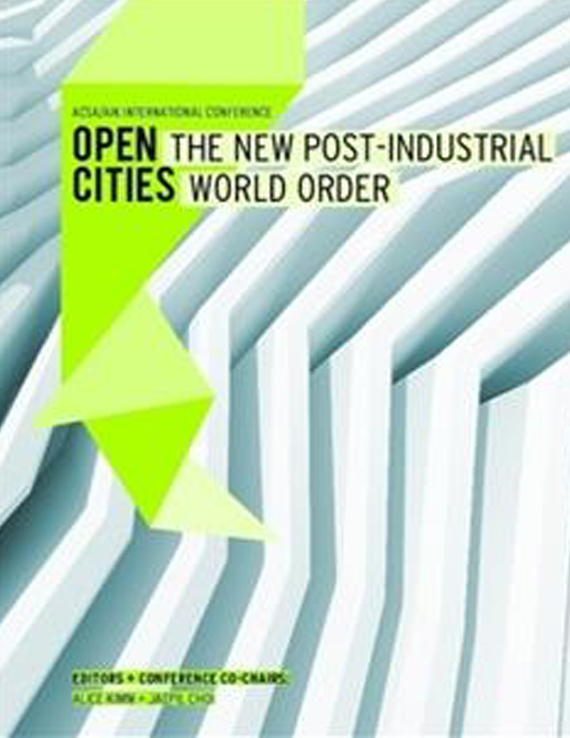Author(s): Madlen Simon
World population in the 21st century is rapidly urbanizing. By 2010, more than half of all people lived in urban areas. By 2030, 60% of people are projected to live in urban areas and by 2050 that number will rise to 70%.1 21st century population growth is largely fueled by the migration of poor people. The United Nations Population Fund suggests three policy initiatives to address this rapid urbanization: 1. Respecting the rights of the poor to the city, 2. Envisioning the use of urban space to reduce poverty and promote sustainability, and 3. Improving the nature and form of future urban expansion. 2. How can schools of architecture tackle these challenges? Medellin, Columbia offers a case study of an emergent model of architectural education in which the city is the laboratory for studying urban problems and the school an agent of urban transformation. This case study examines the engagement between the School of Design andArchitecture of the Pontifical Bolivarian University and the city of Medellin, beginning twenty years ago, resulting in a transformative program of urban interventions benefitting city center and informal settlements alike and a cadre of graduates who continue to execute that vision. Research will be conducted in Medellin, including visits to the urban projects and the school and interviews with city officials, faculty, alumni in architectural practice, and current students. Studio programs and projects will be examined and compared with competition briefs and built works. Major topics of inquiry will be: 1. How were the studios structured? 2. Were the students addressing the problems of their own communities or did the projects for the informal settlements take more privileged students outside the realm of their own experience? If so, how did students develop the requisite empathy and build trust with community members? How did the school deal with the risks involved in sending students into crime-ridden favelas? 3. How did the projects move from academic exercises to realization? 4. Did these experiences transform the professional goals of the students involved? 5. Is the city-school synergy ongoing? The case study will identify factors for success, challenges, and generalizable lessons from the Medellin studios. This case study comes at a time when ACSA schools are seeking ways to engage with communities both at home and abroad. Some programs, such as the University of Oregon’s Sustainable Cities Initiative, are creating models for student engagement in urban areas of their home state. Other programs, such as Columbia University’s labs, engage students in urban problems around the globe. This case study offers as an educational model a program that sparked real and ongoing change in a city facing current challenges of rapid urbanization and poverty. The lessons of this case study can inform other schools as they develop programs to tackle issues of sustainable urbanism both locally and globally. 1. World Health Organization, “Urban Population Growth,” http://www.who.int/gho/urban_health/situation_trends/urban_population_growth_text/en/ (accessed1/6/14)2. UNFPA (United Nations Population Fund) “State of World Population 2007: Unleashing the Potential of Urban Growth,” http://www.unfpa.org/webdav/site/global/shared/documents/publications/2007/695_filename_sowp2007_eng.pdf(accessed 1/6/2014)
Volume Editors
Alice Kimm & Jaepil Choi
ISBN
978-0-935502-91-6

 Study Architecture
Study Architecture  ProPEL
ProPEL 
